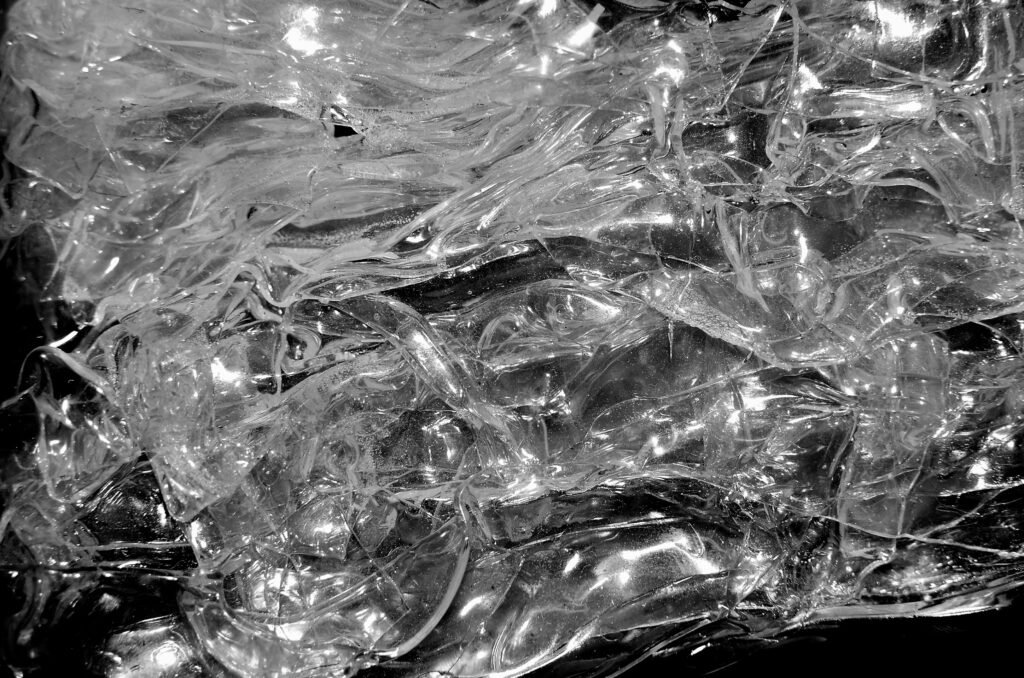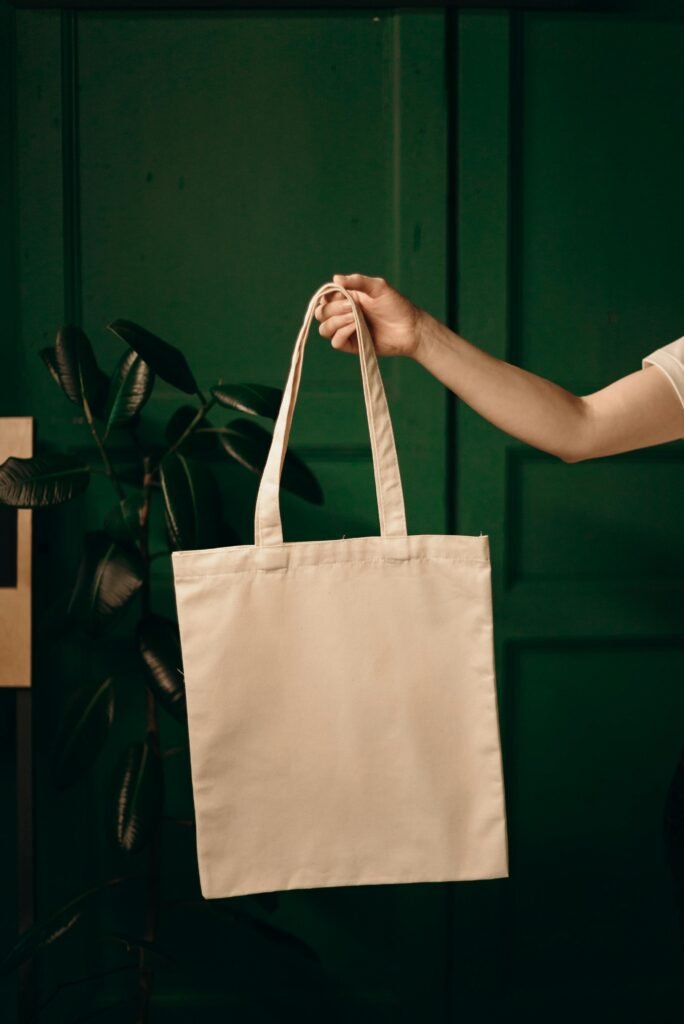Welcome to an insightful article on efficient measures for curbing plastic waste in drawer manufacturing. In today’s world, where sustainability is more important than ever, finding ways to minimize plastic waste is crucial. By implementing innovative techniques and materials, companies can significantly reduce their environmental impact while still producing high-quality drawers. Join us as we explore some practical solutions for reducing plastic waste in drawer manufacturing. Let’s work together to make a positive difference for our planet. Have you ever wondered how much plastic waste is produced in the manufacturing of drawers? In this article, we will explore various efficient measures to curb plastic waste in drawer manufacturing. By implementing these strategies, you can make a positive impact on the environment while still producing high-quality drawers.

This image is property of images.pexels.com.
Understanding the Impact of Plastic Waste
Plastic waste poses a significant threat to the environment, especially in the manufacturing sector. From production to disposal, plastic waste can have detrimental effects on ecosystems and wildlife. By understanding the impact of plastic waste, you can make informed decisions to reduce your environmental footprint.
Plastic waste in drawer manufacturing comes from various sources, such as packaging materials, production scrap, and end-of-life products. By quantifying the amount of plastic waste generated at each stage, you can identify key areas for improvement and implement targeted solutions.
Quantifying Plastic Waste Sources
Take a closer look at the sources of plastic waste in your drawer manufacturing process. This could include:
- Packaging materials for raw materials and finished products
- Trimmings and scraps from production
- Discarded or damaged drawers from customers
By identifying these sources, you can develop tailored solutions to minimize plastic waste generation.
Implementing Sustainable Design Practices
Sustainable design practices play a crucial role in reducing plastic waste in drawer manufacturing. By designing products with longevity and recyclability in mind, you can minimize the use of virgin plastics and promote a circular economy.
Designing for Durability
When designing drawers, consider durability as a key factor. Use high-quality materials and construction techniques to ensure that the drawers have a long lifespan. This reduces the need for frequent replacement and minimizes plastic waste generation over time.
Utilizing Recyclable Materials
Opt for recyclable materials in your drawer designs. Choose plastics that are easily recyclable and have a high recycling rate. By using recycled plastics in your manufacturing process, you can reduce the demand for virgin plastics and contribute to a more sustainable industry.

This image is property of images.pexels.com.
Optimizing Production Processes
Efficient production processes are essential for curbing plastic waste in the manufacturing sector. By optimizing your production processes, you can reduce material waste, energy consumption, and overall environmental impact.
Lean Manufacturing Principles
Implement lean manufacturing principles to streamline your production processes and minimize waste. By identifying and eliminating inefficiencies, you can reduce the amount of plastic waste generated during manufacturing. This not only benefits the environment but also improves your overall operational efficiency.
Recycling Production Scrap
Set up a recycling program for production scrap to ensure that plastic waste is kept to a minimum. Collect scrap materials such as trimmings and off-cuts, and send them to recycling facilities for reprocessing. This closes the loop on material usage and reduces the environmental impact of your manufacturing operations.
Collaborating with Suppliers and Partners
Collaborating with suppliers and partners is another effective way to curb plastic waste in drawer manufacturing. By working together with your supply chain, you can implement sustainable practices and reduce the overall environmental footprint of your products.
Supplier Audits and Assessments
Conduct audits and assessments of your suppliers to ensure that they meet your sustainability standards. Look for suppliers who prioritize eco-friendly materials, practices, and products. By choosing sustainable partners, you can align your values and work towards a common goal of reducing plastic waste.
Coordinated Packaging Solutions
Work with your suppliers and partners to develop coordinated packaging solutions that minimize plastic waste. Explore options such as reusable packaging, biodegradable materials, and reduced packaging volumes. By optimizing your packaging practices, you can reduce plastic waste throughout the entire supply chain.

This image is property of images.pexels.com.
Educating and Engaging Stakeholders
Educating and engaging stakeholders is crucial for the success of any sustainability initiative. By raising awareness about the importance of reducing plastic waste in drawer manufacturing, you can inspire action and drive positive change within your organization and community.
Employee Training and Awareness Programs
Implement employee training and awareness programs to educate your staff about the impact of plastic waste and the importance of sustainable practices. Encourage employees to adopt eco-friendly behaviors both at work and in their daily lives. By fostering a culture of sustainability, you can create lasting change within your organization.
Customer Outreach and Communication
Engage with your customers through outreach and communication initiatives to raise awareness about your efforts to reduce plastic waste. Highlight the sustainable practices you have implemented in your drawer manufacturing process and encourage customers to support eco-friendly products. By involving your customers in your sustainability journey, you can build trust and loyalty while making a positive impact on the environment.
Monitoring and Evaluating Progress
Monitoring and evaluating your progress is essential for continuous improvement in curbing plastic waste in drawer manufacturing. By setting measurable goals, tracking key performance indicators, and analyzing your results, you can identify areas for further optimization and ensure that your efforts are effective.
Key Performance Indicators (KPIs)
Establish key performance indicators (KPIs) to measure the success of your plastic waste reduction efforts. This could include metrics such as the amount of plastic waste generated per production cycle, the percentage of recycled materials used in manufacturing, and the overall carbon footprint of your operations. By tracking these KPIs, you can assess your performance and make data-driven decisions for improvement.
Regular Audits and Reviews
Conduct regular audits and reviews of your plastic waste reduction strategies to evaluate their effectiveness. Look for opportunities to enhance your processes, reduce waste generation, and increase sustainability in your operations. By staying proactive and responsive to new challenges, you can stay ahead of the curve and drive meaningful change in your organization.
In conclusion, curbing plastic waste in drawer manufacturing requires a holistic approach that addresses the entire product lifecycle. By understanding the impact of plastic waste, implementing sustainable design practices, optimizing production processes, collaborating with suppliers, educating stakeholders, and monitoring progress, you can make a significant difference in reducing plastic waste and creating a more sustainable future for your business and the environment. Remember, every small step counts towards a greener tomorrow.
